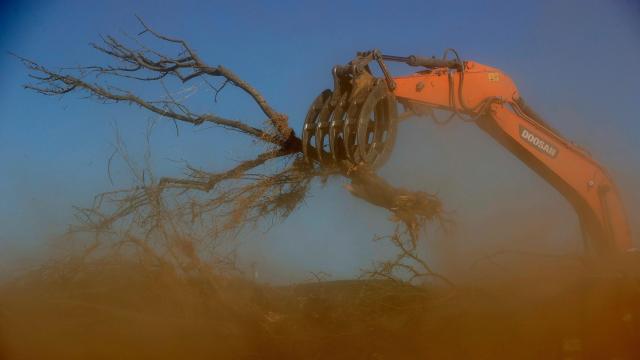Farmers in California are beginning to feel the heat. As the state plunges into a worsening drought, water deliveries have drastically fallen in much of California’s farmland. That’s forcing farmers to make tough decisions about the future of their operations. Some farmers are ripping up certain crops to plant less water-intensive ones, while others are letting their fields lie fallow as they figure out ways to use the little water they have.
Farms’ Water Allocation Down to Zero
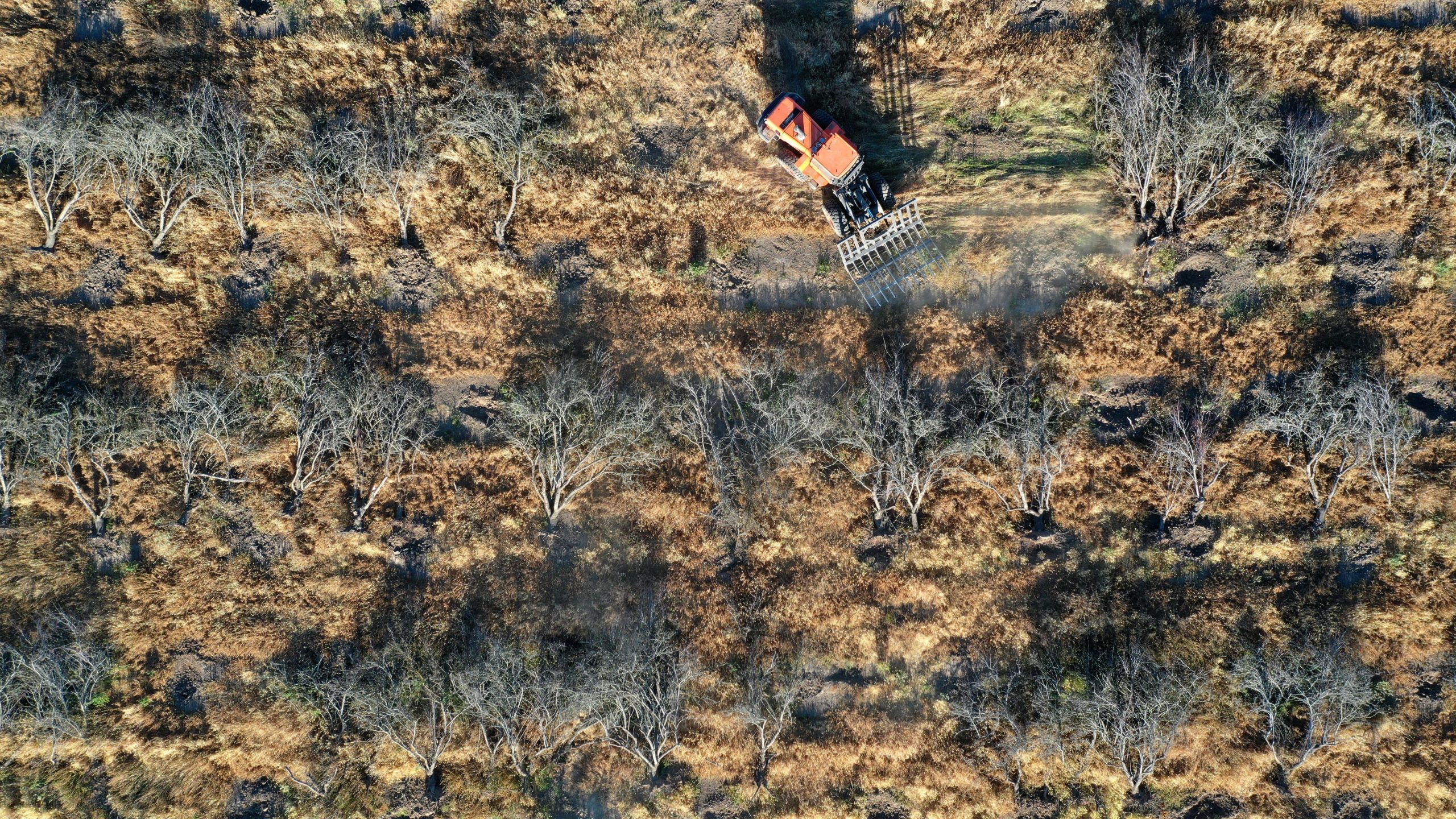
California is in a pretty worrisome state right now, and has gone downhill fast. On Thursday, the Drought Monitor said that 26% of the state is now in “exceptional drought,” the worst category. Another half of the state is in the second-worst category of “extreme drought.” The rest of the state is, you guessed it, also in drought. In short, the dry conditions have spared nobody.
The federal government said Wednesday that it would cut water deliveries in half to cities in the state, while it would also reduce water allocation to farms down to zero–a move that echoes actions they took in 2015, in the middle of the last severe drought.
“We’re in Survival Mode”
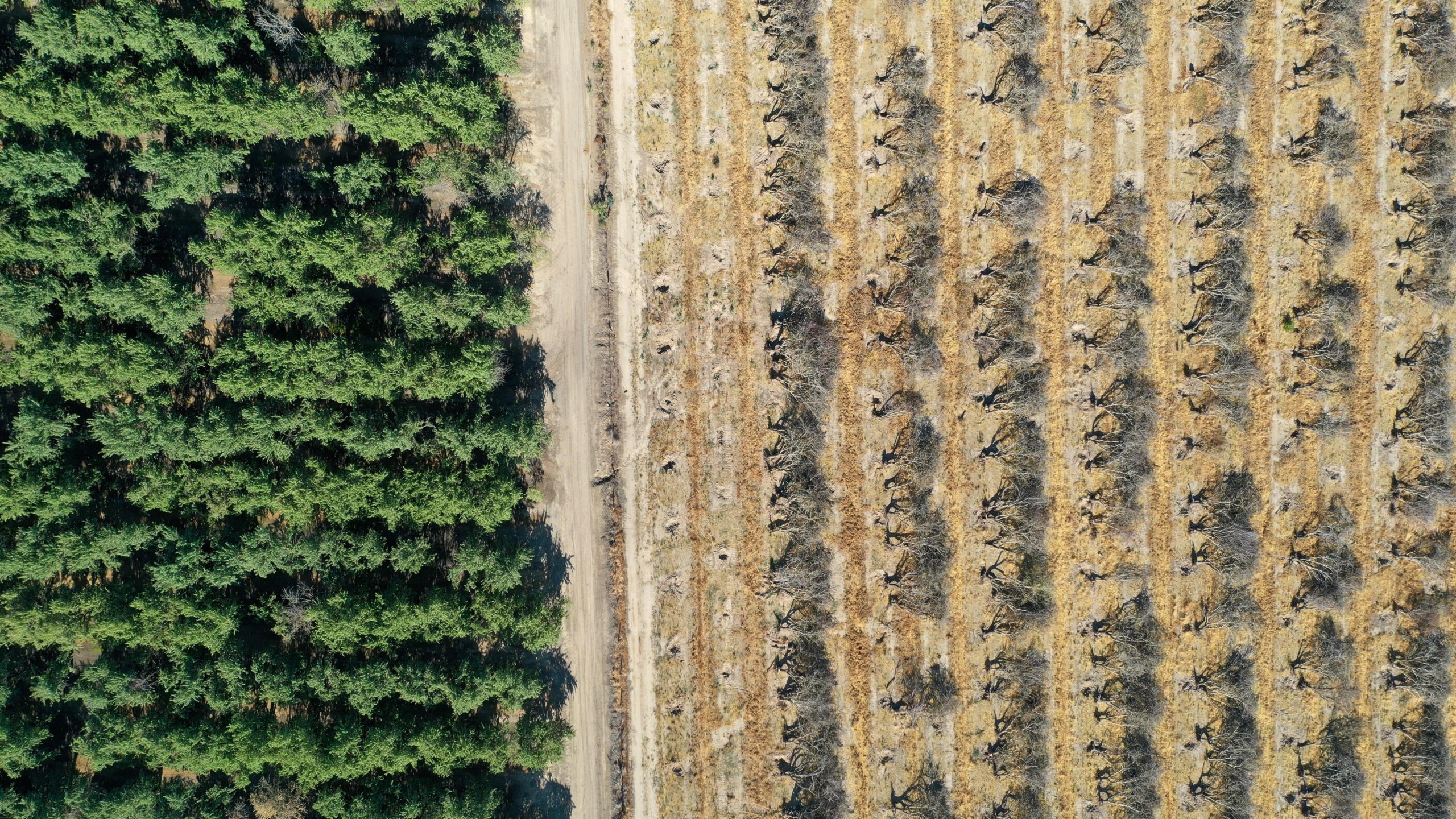
California accounts for around 80% of the nation’s almond supply. These nuts are a famously thirsty crop, and are thus first in line to go for many producers facing an extensive drought. Almond farmer Tom Butler told the Wall Street Journal he’d made the tough call this season to divert his water supply to his younger trees, while tearing up the old ones.
“It’s not a decision any farmer wants to make,” Butler told the Journal. “We’re in survival mode.”
More Than Almonds

Pancaked almond trees are the latest symptom of the drought. Reservoirs have dipped to precarious lows. Snowpack is nonexistent. Wildfires have already ignited up and spread in Los Angeles and Santa Barbara months ahead of the peak of fire season. (Another fire from last year overwintered in a sequoia, underscoring just how low snowpack was.)
Now, a new heat wave is baking the Golden State red. Excessive heat warnings have run from Redding to Modesto as triple-digit temperatures bake the region. All this can take a toll on ecosystems and the state’s 39 million human residents. Heat is especially hard on the state’s poorest residents, and research has shown that historically redlined neighbourhoods are the hottest locations in cities not just in California, but across the U.S. When fires ignite, the state’s incarcertate firefighter program lurches into gear, putting incarcerated people in harm’s way of increasingly dangerous fires.
Climate Change Making Drought Worse

The drought has crept across not just California but the entire West. The area in drought reached the largest extent recorded in the 21st century, which itself has a freakishly dry two decades for the region. Research shows even before the current nightmare conditions, the West was in the midst of its worst drought in at least 1,200 years.
It’s indicative of the toll the climate crisis is taking on the region. Rising temperatures mean more snow in winter — the wet season for the West — is falling as rain. In spring, the heat means snowpack melts out sooner, leaving soil parched so that it further locks in drought conditions.
California has always had boom and bust wet seasons, but research shows they’re becoming even more erratic due to the climate crisis. All this has created increasingly gnarly conditions for those who live in the West from the farmers pulling out their almond trees to those living in or near forests now more prone to bursting into flames.
Water Availability Top of Almond Grower’s Minds
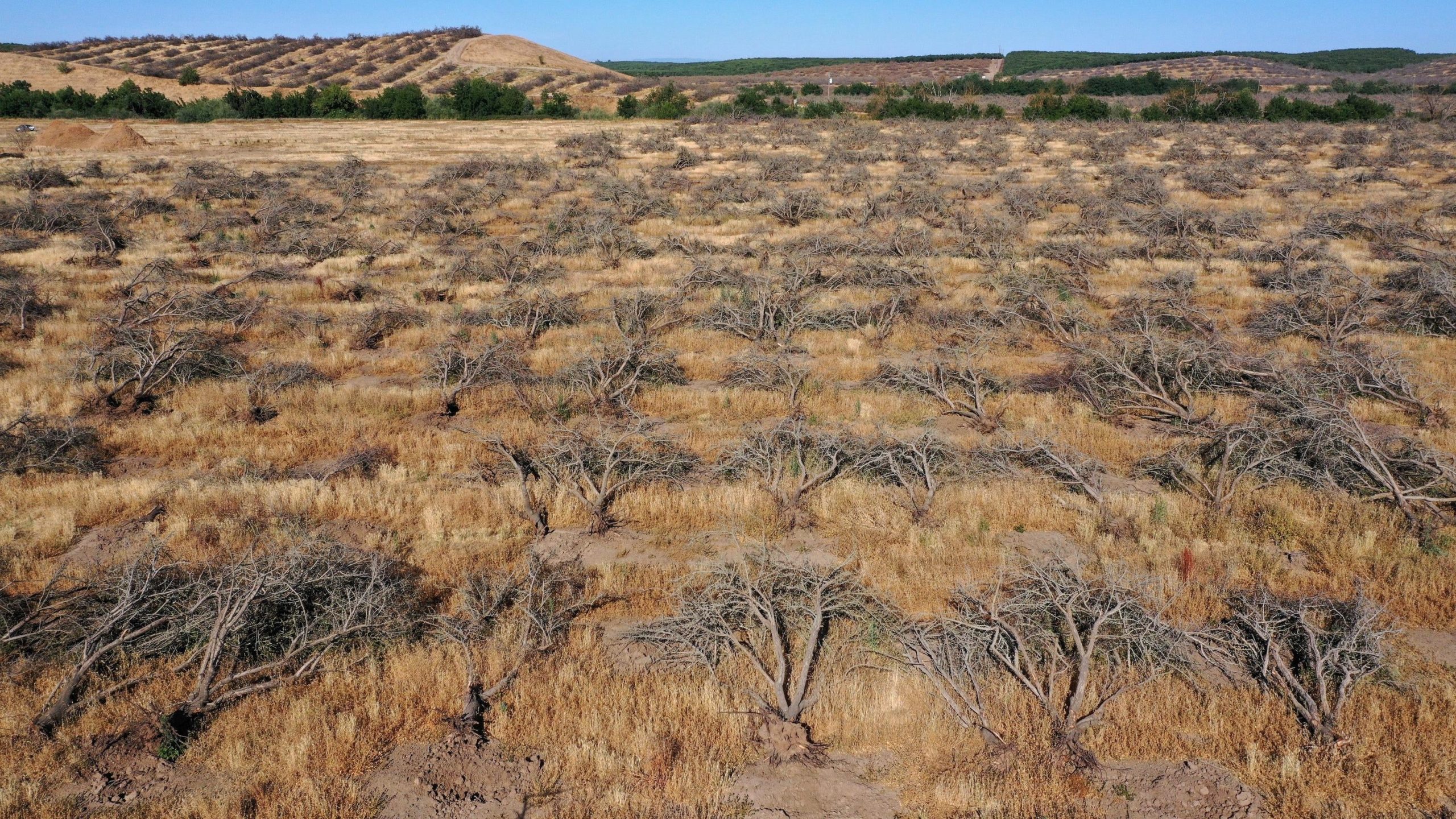
If you’re a nut lover, don’t be too scared about an almond shortage (for now). The Department of Agriculture projected this month that California will produce a record 1.5 billion kilograms of almonds this year, a 3% increase over last year. That increase is actually pretty slim compared to the 22% jump in production between 2019 and 2020, which helped make prices for the nuts fall to $US1.83 ($2) per 0.5 kilograms, down from 2014’s high of $US4 ($5) per 0.5 kilograms.
Producers are on alert about the water shortage. The Almond Board of California wrote in a news release that “water availability will be the principal concern on growers’ minds as they continue to grow this crop.”
Drought and Nuts
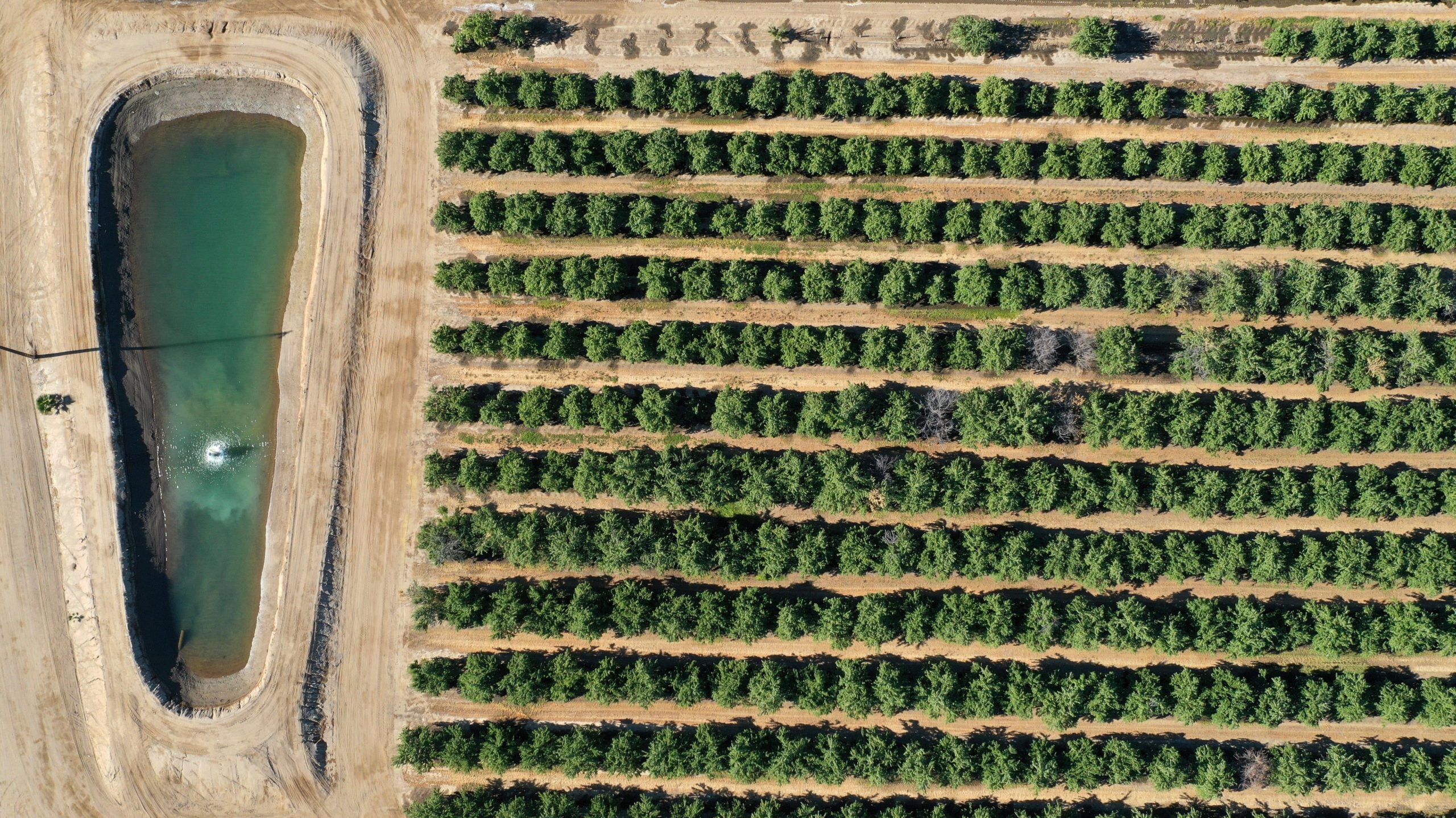
The current situation is a flip from the middle of the 2010s, when California was in the middle of its last years-long drought. Then, almonds’ water usage actually made them a highly-valued, scarce crop — and incentivised farmers to plant a bunch more almond trees in hopes of cashing in on nut gold. That run on almonds goes to show that water hasn’t always been a deciding factor in how farmers figure out their crops, a situation that may be changing as droughts keep getting more severe.
